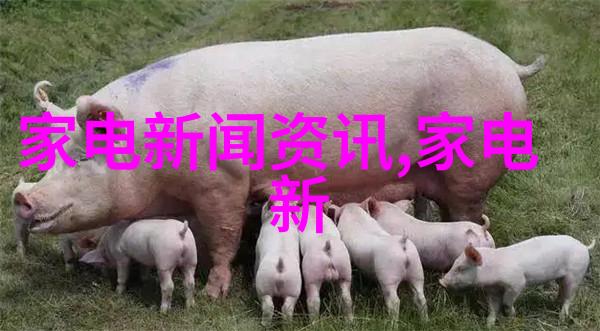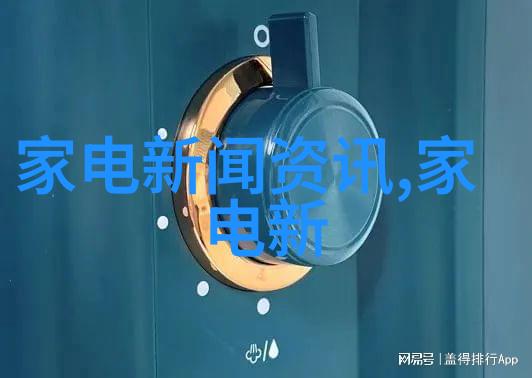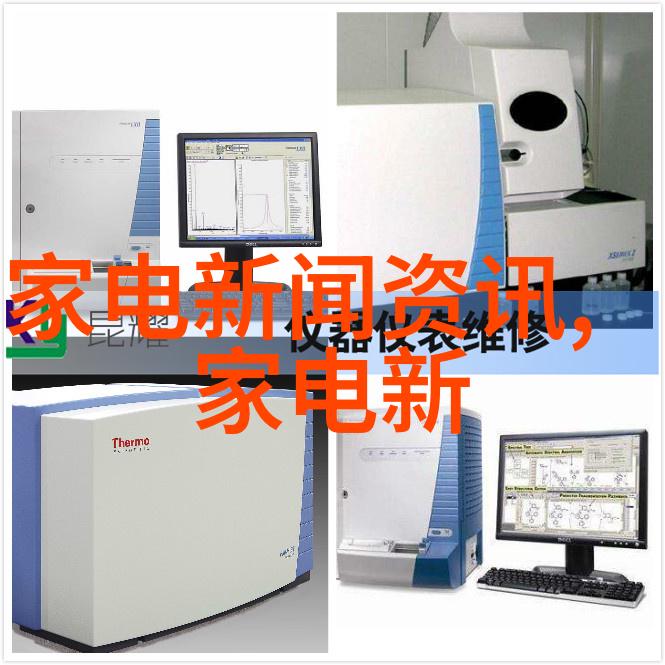在全球经济的快速发展中,工业生产量不断增加,这不仅带来了巨大的经济效益,也伴随着环境污染问题的凸显。工业废气作为一种主要的环境污染物,其排放对空气质量和生态系统造成了严重影响。因此,设计和运用高效、环保的工业废气净化设备成为了当前面临的一项重要任务。

1. 工业废气净化设备工程概述
1.1 定义与分类

工业废气是指由各种工业活动产生的含有粉尘、硫酸雾、氮氧化物等有害物质的气体。根据处理对象可以分为化学工艺废气、二次燃烧后的烟囱排放、二次燃烧前烟囱排放以及其他类型如电力行业、石油加工等多种来源。
1.2 净化原理与作用

Industrial waste gas treatment equipment is designed to remove harmful substances from industrial emissions, reducing their impact on the environment and human health. The most common methods include adsorption, absorption, electrostatic precipitation, catalytic combustion and biological treatment.
2. 工业废气净化设备工程中的关键技术难题

2.1 技术挑战一:能耗与成本问题
The high energy consumption of industrial waste gas treatment equipment leads to increased operating costs for companies and contributes to greenhouse gas emissions.

2.2 技术挑战二:污染物复杂性及变化性
Industrial emissions contain a wide variety of pollutants with varying concentrations and compositions that require effective control strategies.
2.3 技术挑战三:规模适应性与可持续性要求
Large-scale industrial operations demand efficient solutions that can handle significant volumes of waste gases while maintaining environmental sustainability.
3 解决方案探讨
To address these challenges effectively, several key technologies have emerged as promising solutions:
3.1 能源效率提升策略
Improving the energy efficiency of waste gas treatment systems through innovations in materials science (e.g., membrane technology) or process engineering (e.g., integration with renewable energy sources).
3.2 多功能处理技术
Developing multi-functional devices capable of removing various types of pollutants simultaneously via advanced chemical reactions or physical processes like photocatalysis or plasma-based treatments.
照明催化反应器(Photocatalytic Reactors)
Employing UV light-assisted catalysts to break down organic compounds into harmless byproducts at lower temperatures than traditional incineration methods.
微波或射频加热过程
Utilizing microwave or radiofrequency heating techniques for more efficient destruction of pollutants while minimizing thermal damage potential on surrounding structures.
离子交换膜(Ion Exchange Membranes)
Applying ion exchange membranes that selectively capture specific pollutant ions allowing easy separation and recycling without additional chemicals required in traditional wastewater treatments procedures
3.3 智能监测系统
Establishing real-time monitoring systems incorporating sensor networks & data analytics platforms for continuous performance optimization & predictive maintenance schedules tailored to each unique facility's needs thereby enhancing overall system reliability & lifespan as well as reducing downtime due operational errors caused by manual oversight
These emerging technologies offer innovative ways to overcome the hurdles associated with industrial waste gas treatment equipment engineering while ensuring compliance with increasingly stringent environmental regulations worldwide without compromising economic viability concerns faced by industries today such as increasing production capacities under budget constraints etcetera...




